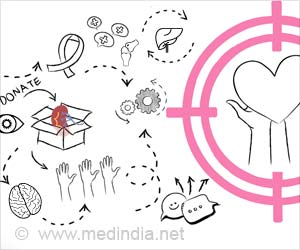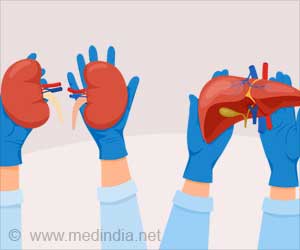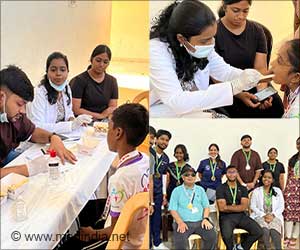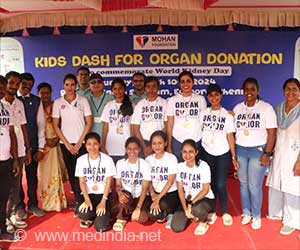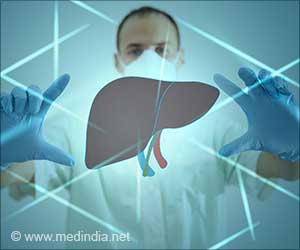An ambulance rushes to the scene of an accident and the paramedics prepare to assist the victim. Behind them another ambulance rolls up, its paramedics ready to intervene if the patient dies.
Their task: get the still-warm body ready to remove organs that could save another person's life.This system has been successfully in place in Spain for 19 years, but New Yorkers are uneasy over plans to launch a similar scheme in the city with a fleet of ambulances to help harvest fresh human organs.
About 18 people die each day in the United States due to a lack of available organs for transplant, according to Donate Life America (DLA), a non-profit group that encourages the public to donate organs.
Even though 90 percent of Americans polled favor donating their organs if they die, only 30 percent have taken the measures necessary to do so, according to the DLA.
A group of doctors in New York want to change that. Armed with a 1.5 million dollar grant from the federal Health Resources and Services Administration, these doctors are working on a system inspired by the Spanish model that would better match the supply and demand of human organs.
The system would both improve management of the available information on potential donors, and create a fleet of specialized ambulances that would send teams out to collect the organs of donors who die suddenly.
Advertisement
"This project is very similar to the end of life following cardiac arrest care that is practiced in Barcelona and Madrid," said Goldfrank, director of emergency medicine at Bellevue Hospital Center at New York University.
Advertisement
"Even if it is done in Spain, Spain is not the United States," said Michael Grodin, a specialist in health law and bio ethics at the Albert Einstein College of Medicine in New York.
The United States "does not have a health care system. We all know we have 45 million people without access to health care," Grodin told AFP.
Americans "are worried about the fact that they can get organ donation but they cannot get health care," he said.
Normally, transplant and organ preservation specialists don't get involved until after a patient has been declared dead. "Declaring someone dead out in the field, when the person is either not decapitated or decomposed ... is a critical decision," said Grodin.
"I think it is a bad idea, a counterproductive one," he said. "The public will see it as an ambulance floating around in the city ready to take your body."
The project's goal is to send an ambulance to the scene of an accident and for the paramedics to do what they can to save the victim's life.
But without necessarily telling these paramedics, project administrators will also order a special ambulance in charge of collecting fresh human organs to the accident site. Its personnel will intervene only if the patient dies.
Instead of driving the body to a funeral home, the second team would inject the body with fluids necessary to preserve the organs, then drive the body to a hospital to await the legal authorization of the relatives.
In Spain, thanks to the work of the National Organization of Transplants, the level of organ donation has increased from 14 per million in 1989, when the organization was founded, to 35 per million today -- the highest in the world.
The United States currently has a donation rate of 23 per million.
Source-AFP
SRM


